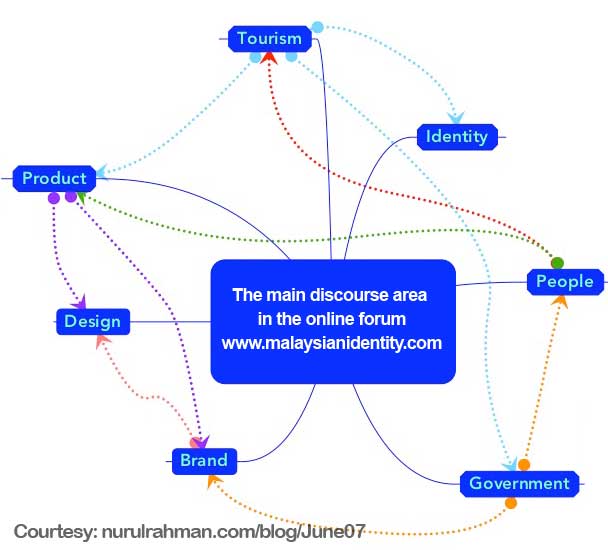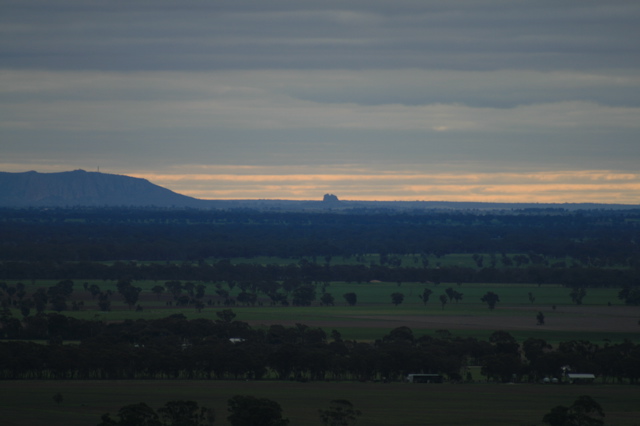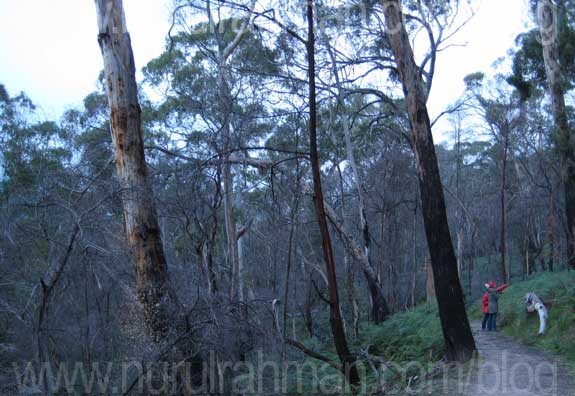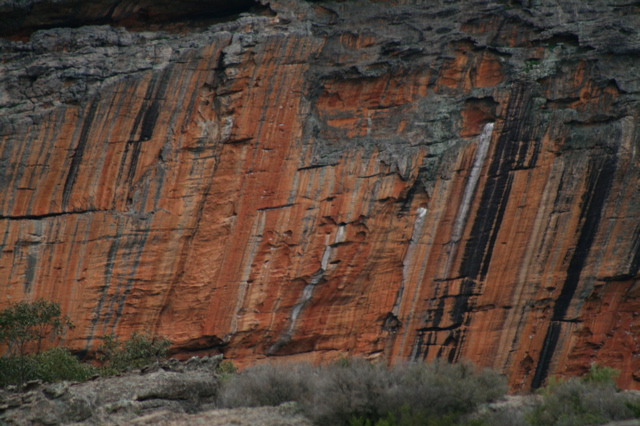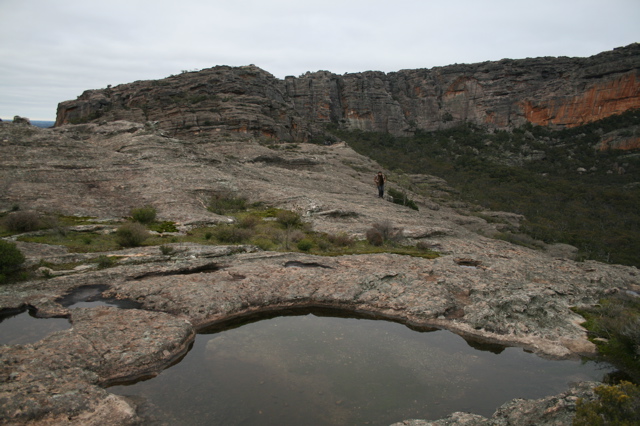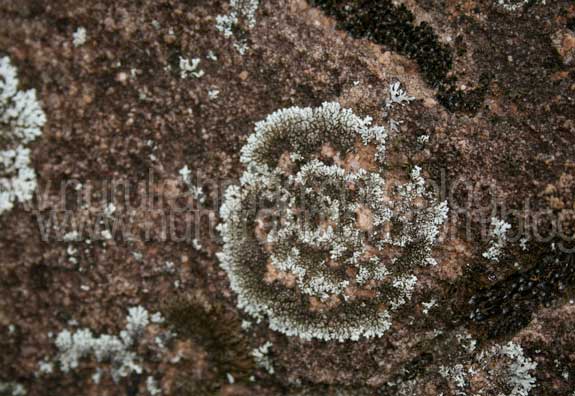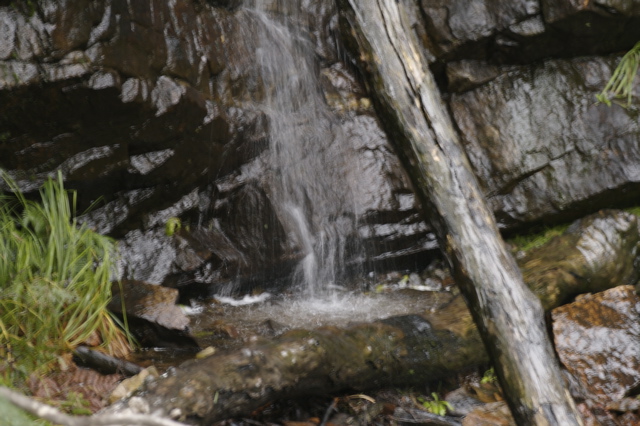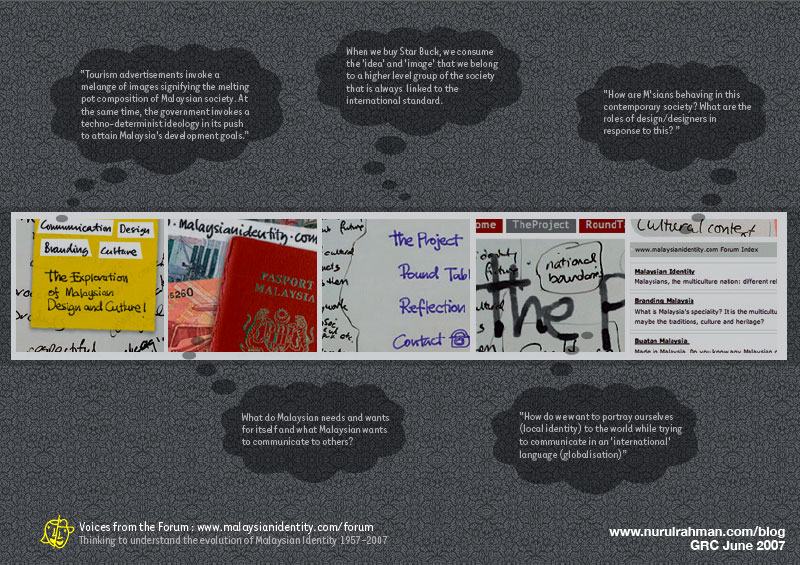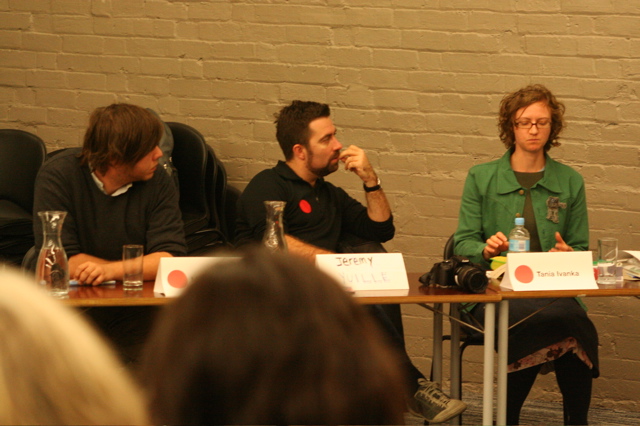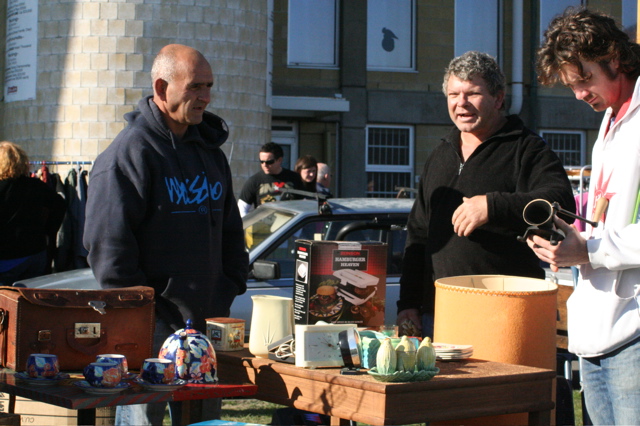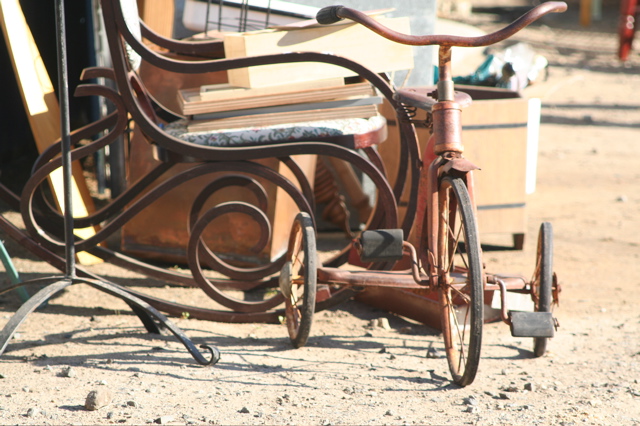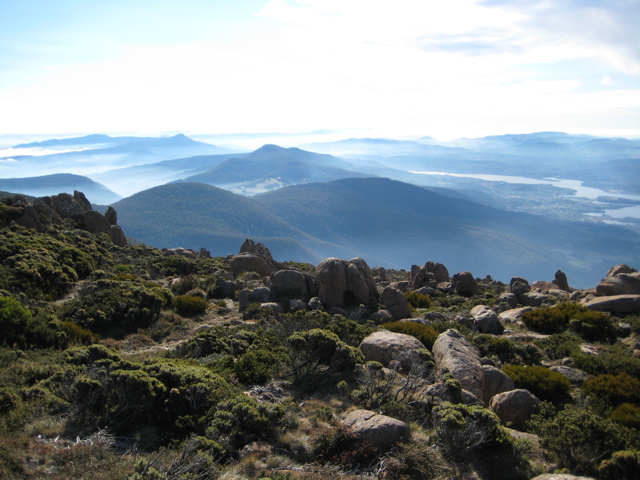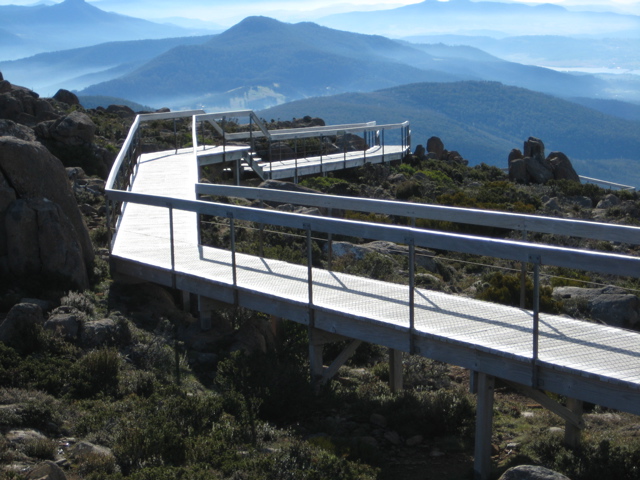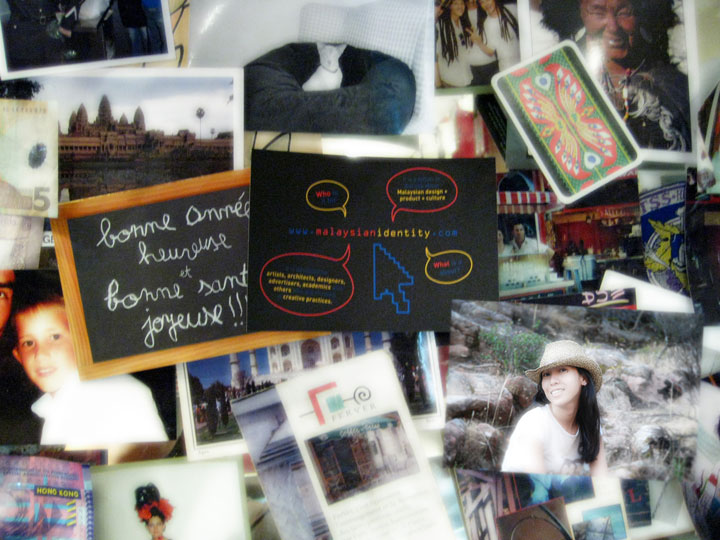Ever since we know, problem “solving is innate in our everyday life. Were facing with different kind of problems since we start to understand what is the meaning of problem. But when it comes to design problem solving is more than making decision and handling client’s problems. Design is part of problem solving, we create a logo for a company because they want to identify themselve in certain image. We design a comfortable chair that can fit different kind of people, with special handle so the handycap people can also use the chair for the same purpose. In other words, designers contribute in the process of problem solving. Like everybody else in their own ways.

Problem: How do I get the information about design?
Solved: Start by going to library.
And that’s what i did. After I solved my easy problems, I started to read more of design books, article, magazine and anything that relates to design and communication. That’s how I meet this book about problem solving. Problem Solved. Very interesting book by Micheal Johnson. Through this book I get to know John Berger (Ways of seeing) and Bob Gill. I can’t say much about both of them yet because I’m still reading their books. My problems is not solve yet. Back to Johnson, and I’m sure many other author that I dont know yet wrote about similar things about problem solving.
Qoute:
We all know about problem-solving is, surely? We problem-solve constantly. Wake up, problem “ bath or shower? Then another problem “cornflakes or muesli? Then another : bus or train to work? Problem: Latte or cappuccino? Problem: take lift or walk up the stairs? (Johnson, 2002)
True and indeed agree with what Johnson said. For sure problem solving is part of our day-to-day life, culturally. How about in design? Are we solving problems in design context in the way we solved our day-to-day problems? Problems can be viewed in different angle etc. Some can be solved easily, some might take a while, others might take years. In design, solving problems is about getting the job done and making the client happy. Are we seeing the problem here? I guess another important part in problems-solving is, can we see the problems. How can we solve problems if there is no problem appear? How do we discribe the problems? How do we see the problems?
I had a very interesting discussion with Neal last few days about this and it took me a while to finished writing up about this topic. Is design a problem solving or a impetus? I started with design as part of problem solving. Just to make things clearer here that Im not saying design is a problem solving but it is part of it. It could also be argued that design can also create another problem after solving the problem.
In my last post I wrote about how we define problems and then solved it. I also try to make a comparison with the day-to-day problems and design problems, which can be quite a huge different. Personal and professional problems, the solving process is a lot different. Although Johnson (2002 p.6) argued that solving problems is innate; it doesnt need teaching. I would argue that solving problems in design is not natural. It is something we have to learn through experiences and it doesnt come naturally.
Neal Haslem, a friend of mine and one of Masters candidate argued in our discussion, that design is a impetus not a problem solving. What is impetus? According to new Encarta® World English Dictionary 1999 the meaning of im·pe·tus (n) is something that provides energy or motivation to accomplish something or to undertake something or a force that causes the motion of an object to overcome resistance and maintain its velocity.

In Better by Design edition October 2006 “ Return on Ideas, the author claim that ideas were the impetus for the economic and social changes in 20th century and ideas will be the impetus for change in the 21st century. What is idea anyway?
Ideas can be synonyms as thought, design, plan, suggestion, brainstorm etc. in Encarta® World English Dictionary 1999. Design in the same dictionary means de·sign (v) to work out or create the form or structure of something, to plan and make something in a skillful or artistic way, to intend something for a particular purpose or to contrive, devise, or plan something.
How do designer solved problems through/with design? Is there any option if there is no design? Is design the only solution? Or design is only a form of energy to support the accomplishment? But might not solved the problems. What do you think?



